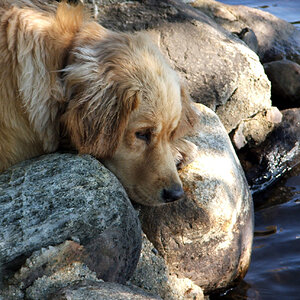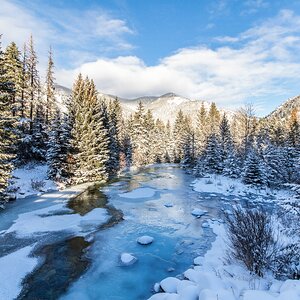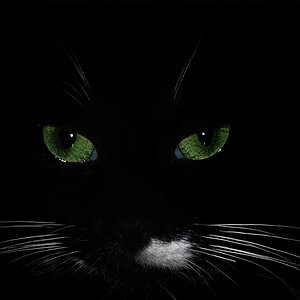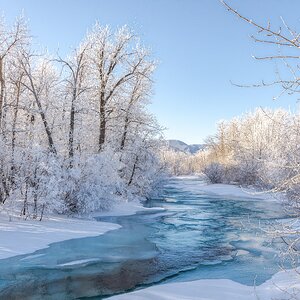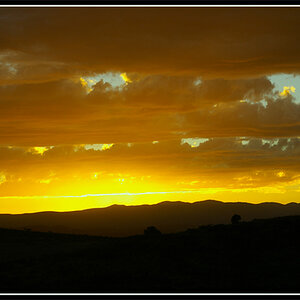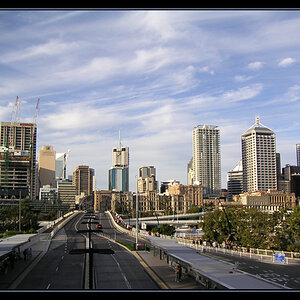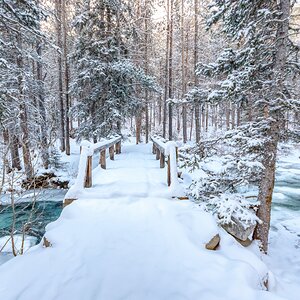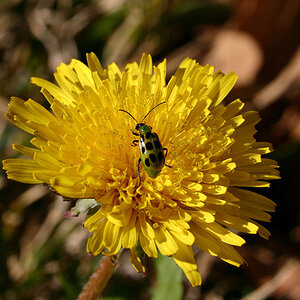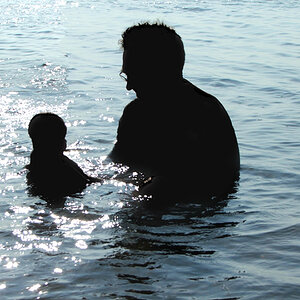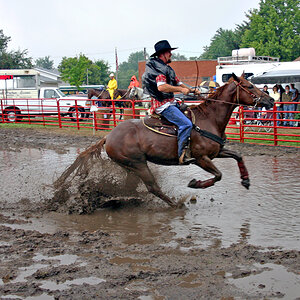PhilCF
TPF Noob!
- Joined
- Dec 31, 2017
- Messages
- 4
- Reaction score
- 0
- Can others edit my Photos
- Photos OK to edit
I have been plateauing for a while, and really need some advice on how I can get to the next level. I thought a forum of likeminded photo enthusiasts might be able to help.
Thanks in advance to anyone who comments / critiques / gives advice.

Shot RAW on iPhone 7+ in Lightroom Mobile, using the basic Pro settings (auto exposure and focus etc). Tweaked it a bit in Lightroom Mobile and then added one of their Creative Presets.
--

Sony A7S2 - 90MM Sony Macro Lens. F7 - 1/1250 - ISO 16000
I wanted shallow depth of field, but I couldn't get focus as Hummingbirds are insanely fast. So I upped the Aperture, increased the shutter to freeze the birds body, continuous autofocus, and burst mode. Whenever a bird went near the water tray, I fired off a load of shots.
--

Sony A7S2. 55mm lens. F20, Shutter 1/1000. ISO 100. I put it on the bracketing function, so it overexposed one, underexposed and gave one normal shot. Then I Photomerged them in LR. There was too much dynamic range in the shot for the camera to handle. If I exposed for the sky, the foreground would have been crushed and I wanted to get some detail in there. It looks like I've burned the hell out of LA, but I haven't made serious targeted adjustments - That's just how the image came out.
--

Sony A7S2 - 90MM Sony Macro Lens. F6.3. ISP 200. Shutter 1/1000 - I put the boat motors in the foreground as I wanted to give another layer of depth to the shot? Not sure if this is a mistake or not??
--

Sony A7S2 - 90MM Sony Macro Lens. F2.8. Shutter 1/200. ISO 1600 - I just got up close and snapped it and like how sharp it is.
Once again, thanks to anyone who can help me to get better.
Phil
Thanks in advance to anyone who comments / critiques / gives advice.
Shot RAW on iPhone 7+ in Lightroom Mobile, using the basic Pro settings (auto exposure and focus etc). Tweaked it a bit in Lightroom Mobile and then added one of their Creative Presets.
--
Sony A7S2 - 90MM Sony Macro Lens. F7 - 1/1250 - ISO 16000
I wanted shallow depth of field, but I couldn't get focus as Hummingbirds are insanely fast. So I upped the Aperture, increased the shutter to freeze the birds body, continuous autofocus, and burst mode. Whenever a bird went near the water tray, I fired off a load of shots.
--
Sony A7S2. 55mm lens. F20, Shutter 1/1000. ISO 100. I put it on the bracketing function, so it overexposed one, underexposed and gave one normal shot. Then I Photomerged them in LR. There was too much dynamic range in the shot for the camera to handle. If I exposed for the sky, the foreground would have been crushed and I wanted to get some detail in there. It looks like I've burned the hell out of LA, but I haven't made serious targeted adjustments - That's just how the image came out.
--
Sony A7S2 - 90MM Sony Macro Lens. F6.3. ISP 200. Shutter 1/1000 - I put the boat motors in the foreground as I wanted to give another layer of depth to the shot? Not sure if this is a mistake or not??
--
Sony A7S2 - 90MM Sony Macro Lens. F2.8. Shutter 1/200. ISO 1600 - I just got up close and snapped it and like how sharp it is.
Once again, thanks to anyone who can help me to get better.
Phil


![[No title]](/data/xfmg/thumbnail/39/39444-02925f6d2859f4fda0e89f2001bfc9cd.jpg?1619739034)

